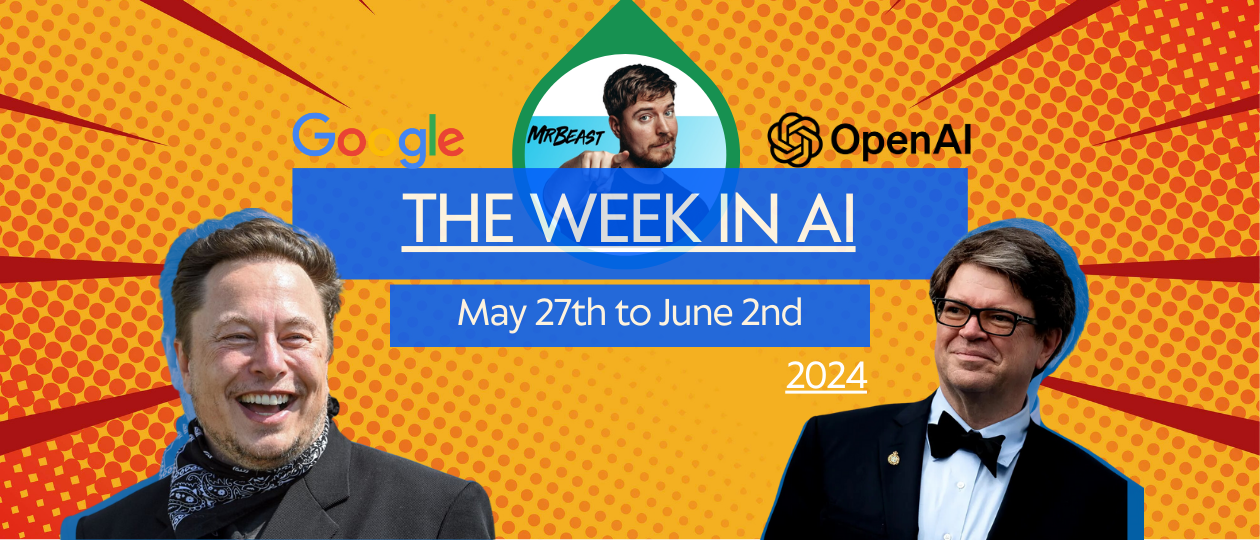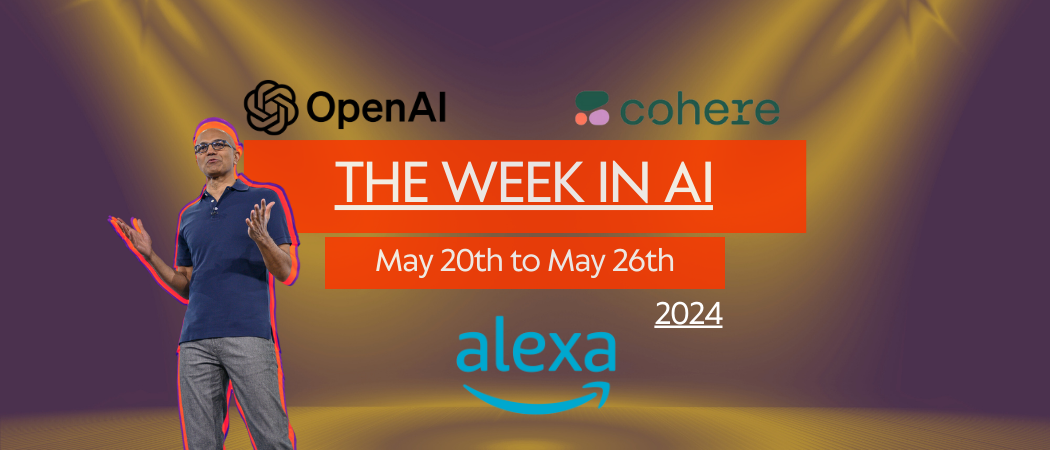
Artificial intelligence (AI) has become ubiquitous in our lives, from powering voice assistants and social media recommendations to assisting doctors in medical diagnosis. We’ve all heard of OpenAI, ChatGPT, Google Gemini (formerly Bard), MidJourney, Dall-E and other companies that are transforming the landscape. However, the inner workings of AI can often seem shrouded in mystery. This article aims to demystify AI for the everyday reader by explaining the fundamental principles behind its operation.
Breaking Down the Basics:
AI, in essence, refers to the ability of machines to mimic human cognitive functionalities like learning and problem-solving. However, unlike humans, AI doesn’t possess consciousness or sentience. It achieves its capabilities through a combination of algorithms, data, and computing power.
1. The Engine: Algorithms
Imagine algorithms as sets of instructions that tell a computer what to do with data. In the context of AI, these instructions enable the machine to learn from data and improve its performance over time. Here are two common types of AI algorithms:
- Machine Learning: These algorithms learn from data without being explicitly programmed. They can identify patterns and relationships within the data, allowing them to make predictions or decisions on new data they haven’t encountered before. A classic example is a spam filter that learns to identify spam emails based on past examples. (https://towardsdatascience.com/understanding-neural-networks-19020b758230)
- Deep Learning: This is a subfield of machine learning inspired by the structure and function of the human brain. Deep learning algorithms consist of artificial neural networks, which are interconnected layers of processing units that mimic the way neurons work in the brain. These networks can learn complex patterns from large amounts of data, making them effective for tasks like image and speech recognition. (https://medium.com/deep-learning-demystified/introduction-to-neural-networks-part-1-e13f132c6d7e)
2. The Fuel: Data
Just as humans learn from experience, AI algorithms learn from data. The quality and quantity of data play a crucial role in an AI system’s performance. AI applications often require vast amounts of data to effectively learn and make accurate predictions. For instance, an AI system trained to recognize handwritten digits might need millions of labeled images of handwritten numbers to achieve high accuracy. Companies like OpenAI with ChatGPT and Google with their Gemini AI LLM have access to large swaths of data that make them incredibly powerful.
3. The Powerhouse: Computing Power
The complex calculations involved in AI algorithms require significant computing power. This is where powerful computers and specialized hardware, like graphics processing units (GPUs), come into play. GPUs can process large amounts of data much faster than traditional CPUs, making them ideal for training and running AI models.
Real-World Examples:
Here are some examples of how AI is used in everyday life:
- Facial recognition in smartphones: AI algorithms analyze facial features to unlock your phone or tag you in photos.
- Recommendation systems on streaming services: AI uses your past viewing habits to suggest movies and shows you might enjoy.
- Spam filters in email clients: AI identifies and filters out unwanted emails based on learned patterns.
The Future of AI:
AI is still under development, and its capabilities are constantly evolving. While it holds immense potential in various fields, it’s crucial to remember that AI is a tool, and its impact depends on how it’s developed and used. As AI continues to advance, it’s important to have open and transparent discussions about its ethical implications and ensure it serves the greater good.
Additional Resources:
- MIT Technology Review: The Essential Guide to Artificial Intelligence (https://www.technologyreview.com/topic/artificial-intelligence/) (2023)
- World Economic Forum: Artificial Intelligence (https://www.weforum.org/agenda/artificial-intelligence-and-robotics/) (website)
By understanding the fundamental principles of AI, we can engage in informed discussions about its impact on our lives and contribute to its responsible development and usage.




